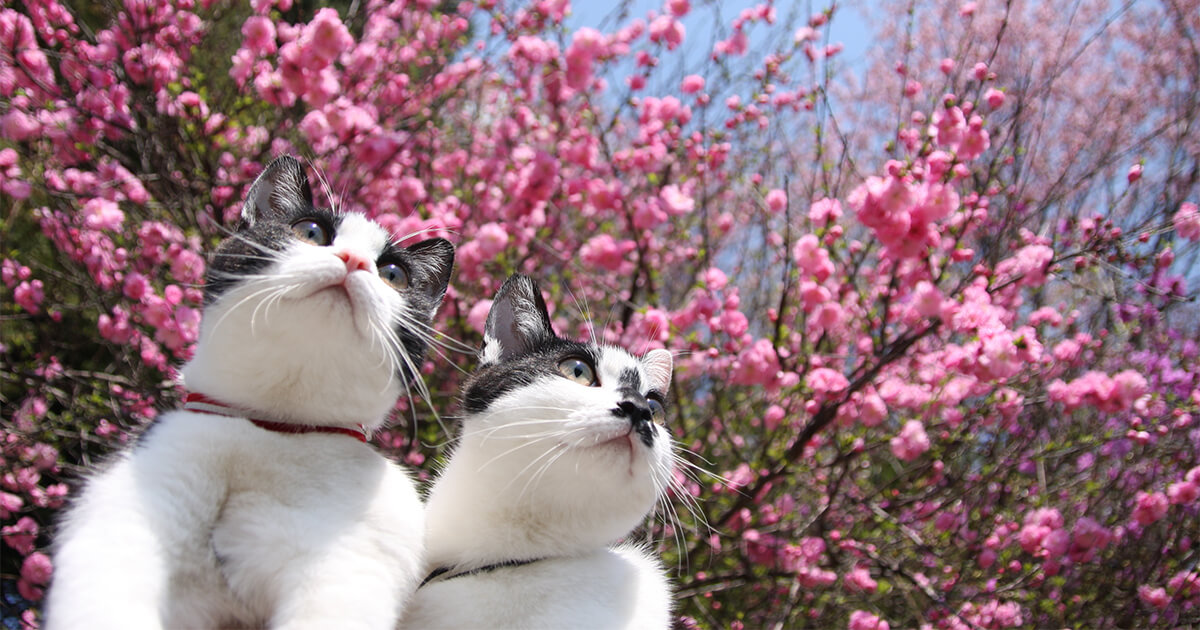Let’s learn how to say “Yes” and “No” in Japanese.
How to say “Yes”?
There are mainly three affirmative expressions in Japanese: “はい hai”, “ええ ee” and “うん un”. Let’s look at how they differ from one another.
1. はい hai
A: Jamesさんですか。James san desuka? Are you Mr James?
B: はい、そうです。Hai, soodesu. Yes, I am.
Let’s start from the basic. “はい hai” appears when you check the word for “Yes” in a dictionary. It is the affirmative response for a Yes-No question. “Hai” is also used to answer a roll call in class, or to indicate your presence when your name is called in a hospital or city office. Since this is a formal expression, you can also use this in business situations.
2. ええ Ee
A: Jamesさんですか。James san desuka? Are you Mr James?
B: ええ、そうです。Ee, soodesu. Yes, I am.
”ええ ee” is also a formal affirmative expression but it is slightly less formal than “hai”. Emphasize on the first “e” when you pronounce this. It sounds a bit rude if you use it on a client or your boss in business. So be careful when you use this expression.
3. うん Un
A: ひるごはん、もうたべた?Hirugohan moo tabeta? Have you already taken your lunch?
B: うん、もうたべた。Un, moo tabeta. Yes, I have already taken my lunch.
The Japanese language has both polite and plain forms of speech. The polite form of speech is used in formal situations to show respect to the other party.
The plain form of speech is used in casual situations or when the relationship with the other party is casual. While “hai” or “ee” is formal, “うん un” is used for people you have close relationships with, such as family and friends.
4. あいづち Aizuchi (Polite interjections)
You may have heard Japanese businessmen saying “hai,hai,hai” “ee, ee” when they are talking on the phone. You may have also heard teenagers saying “un,un” on the phone. They are saying aizuchi (or polite interjections) in the conversation.
“つちtsuchi” is a hammer. “あい ai” means “one another”. When a blacksmith makes a knife, the master and the disciple take turns to hammer on the blade. That’s the origin of the word aizuchi.
Taking turns to pepper a conversation alternately with interjections is a characteristic of the Japanese language. English speakers may find the use of interjections a disruption to the flow of conversation but injecting interjections at appropriate times is a sign to show the other party that we are paying attention to the conversation in Japanese.
Try to observe the rhythm and timing when Japanese people use interjections in conversation and try to use it yourself too. Appropriate use of interjections will make your conversation smoother.
How to say “No”?
Next, let’s learn how to say “No”. It is easy to check the meaning on a dictionary but it’s not so simple to use it.
1. いいえ Iie
A: よしださんですか。Yoshida san desuka? Are you Mr Yoshida?
B:いいえ、やまだです。Iie, Yamada desu. No, I am Yamada.
Let’s start from the basic. “いいえ iie” appears when you check the word for “No” in a dictionary. You sometimes hear it as “ie” as “iie” is shortened in conversation.
2. ううん Uun
A: ひるごはん、もうたべた?Hirugohan moo tabeta? Have you already taken your lunch?
B: ううん、まだだよ。Uun, madadayo. No, not yet.
The Japanese language has both polite and plain forms of speech. The polite form of speech is used in formal situations to show respect to the other party. The plain form of speech is used in casual situations or when the relationship with the other party is casual. While “iie” is formal, “uun” is used for people you have close relationships with, such as family and friends.
3. ちょっと…… Chotto…
You’d be mistaken if you think that it’s enough to just know about “iie” and “uun”. You would find the following conversation in any beginner Japanese language textbook.
B: きんようびのばんは、ちょっと…。Kinyoobi no ban wa chotto….
Friday night is not convenient for me…
”Chotto” originally means “a little”. When used in the above scenario, it means “to decline or reject” the other party. Japanese people tend to avoid saying a direct “No” when declining others.
This is because they consider it rude to hurt the feelings of the person who has initiated the invitation. You can read more about this in How Do You Reply A Difficult Subject In Japanese?
I have several foreign friends who were upset when a Japanese friend they had invited to a party did not turn up. This is a common cultural miscommunication. The Japanese friend who was invited could not go to the party, but he did not say No directly to the host as he felt apologetic to reject the latter directly.
On the other hand, the host felt it would be nice if the Japanese friend had just told him clearly with a No that he could not come. To avoid such miscommunication, the invited Japanese friend should try to convey his thoughts clearly while the foreign host should try to understand the considerations of the Japanese friend and follow up with other questions.
4. はい Hai
Wait a minute. Isn’t “hai” supposed to mean “Yes”? That’s right but sometimes, it doesn’t work that way when communicating with the Japanese people.
A: Don’t you like beer? ビールが好きではありませんか。Biiru ga sukidewa arimasenka.
B: No. I don’t. はい、すきではありません。Hai, sukidewa arimasen.
When asked a negative question in English, we answer Yes or No based on the fact. However, when the same negative question is asked in Japanese, the Japanese would answer Yes or No based on the question.
As such, a Japanese person would answer “hai” because he agrees with what was asked (that he doesn’t like beer). If you’re confused, let’s just remember that Japanese people do not want to say No, no matter what.
English speakers would often get confused over this when learning Japanese. The same goes for when Japanese people learn English. I too, sometimes encounter this miscommunication over Yes or No.
Let’s try this. A taxi driver asks the passenger about the temperature of the aircon. How does B answer in Japanese?
A: Isn’t it cold? さむくないですか。Samukunaidesuka.
B: No.
Answer: はい、さむくないです。Hai, samukunaidesu. No, it’s not cold.
はい、だいじょうぶです。Hai, daijyoobudesu. No, it’s OK.
If you’re not used to it, you can simply answer “samukunai desu” or “daijoobudesu”, without using “hai” or “iie”.
How was it? “はい hai” and “いいえ iie” are short and simple phrases and yet they do not seem so easy if we delve deeper. “Hai” not only shows agreement, but it also makes conversation smoother. “Iie” means No, but it can cause miscommunication when not used correctly. I hope this makes it clear for you. Thank you for reading.






